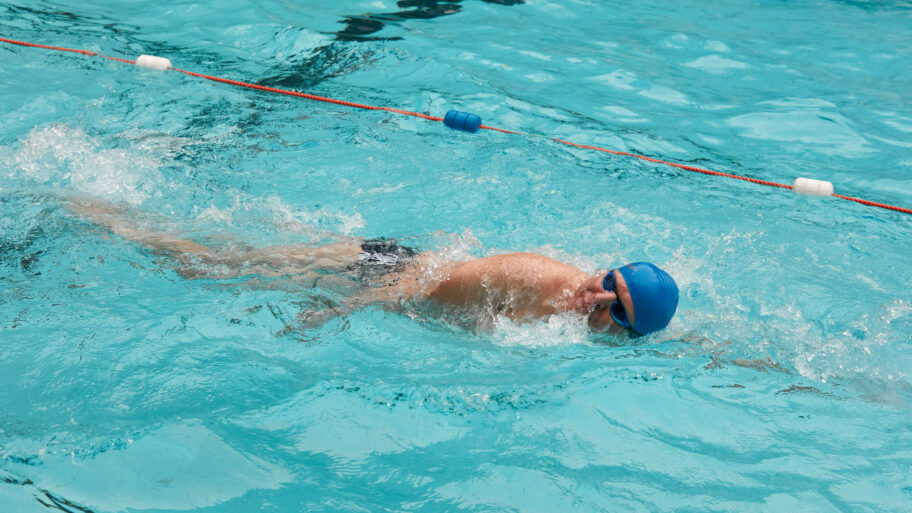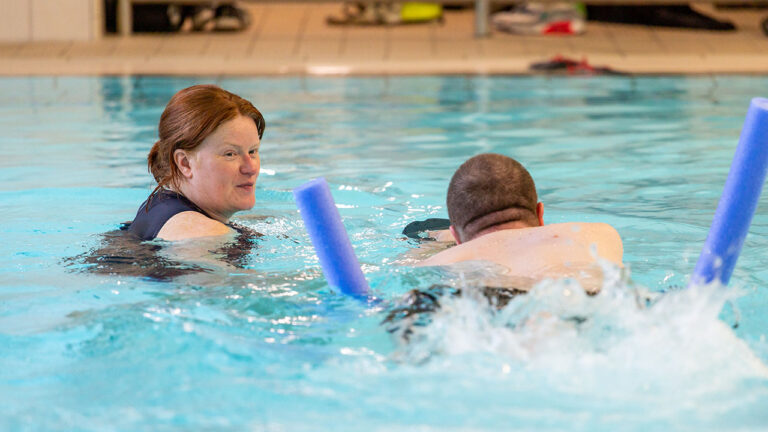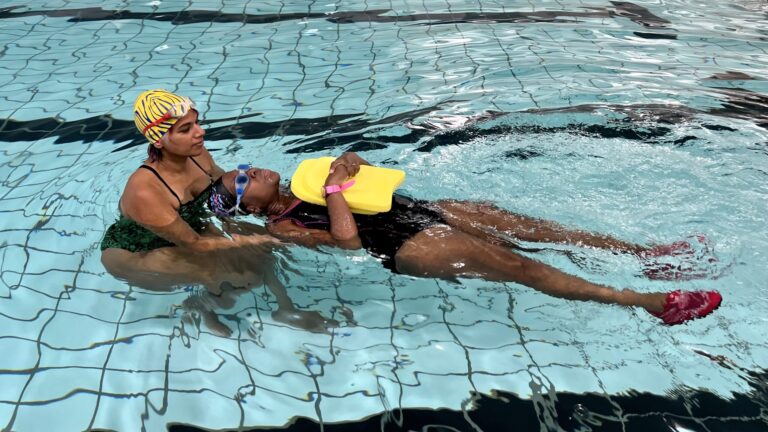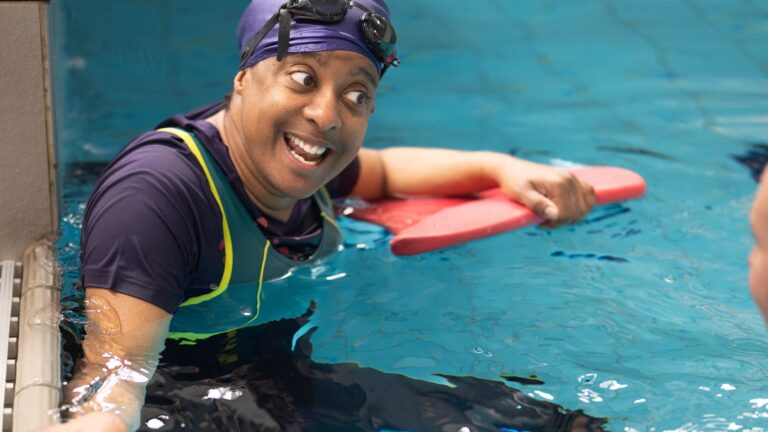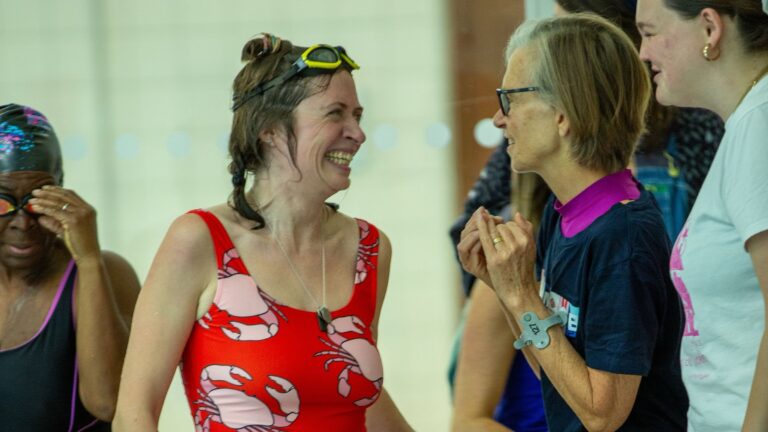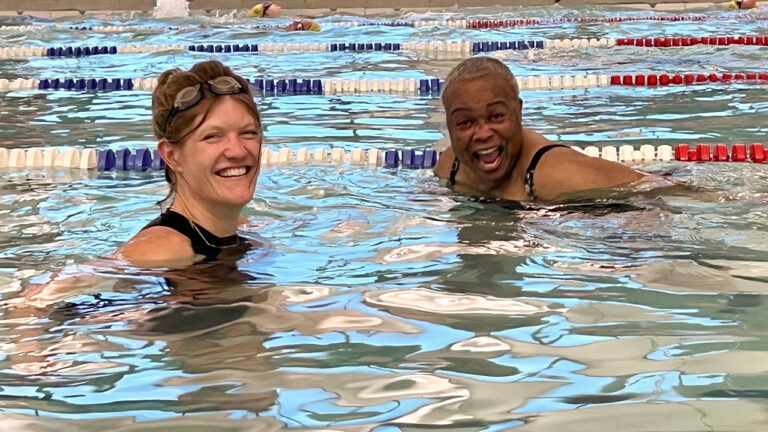This week, I would like to share with you the takeaways from the e-learning course “Introduction to disability swimming” offered by Swim England. The course takes around 20 minutes to complete and it has given me a great overview of disability swimming, so I recommend it.
Perception and Experience
The first module starts with a few quiz questions which aim at showing that we make some assumptions about disability.
“The more visible and obvious the disability, the more likely it is that the disability will become the main focus of attention. We will then use this visual information to determine in our own minds, the capabilities of that person.”
Kew F, Sports Social Problems and Issues, 1997
The course then goes on to describe the different types of disabilities allowed to compete in para-swimming events:
- Physical impairment, for instance, spinal cord injury or cerebral palsy
- Learning impairment (defined as a person with an Intelligence Quotient of less than 75, note that as such autism isn’t necessarily considered one)
- Visual impairment (there are some great videos about what visually impaired people can actually see)
Encouraging Inclusion in Swimming Clubs
The course gives an overview of the considerations to enable disabled swimmers to participate in club swimming like setting goals like you would do for the rest of the group, giving access to specialised equipment and extra support from the coach if necessary, and adapting the teaching method. The course recognises the need to find the right balance between the integration of disabled swimmers into a club or the segregation, which they recommend should be based on the individuals’ needs by talking to them and their parents or carers.
Barriers to Swimming
Even when swimming clubs are inclusive, there may still be obstacles for people with disability. Some individuals may not be confident to join the sessions (“I don’t know how to swim”, “I am not good enough”) or lack the support from their parents and carers. There could also be some physical barriers like pool accessibility and transport but also the cost of the activity. Finally, the lack of opportunity and representation can be an impediment because there is a limited number of inclusive clubs or simply because the information about the sessions provided is in inaccessible formats.
Communication with Disabled Swimmers
Communication with any individual is a two-way process. With people with disability, the coach can use different methods to convey his message. For example, this could be:
- Visual (sign language, whiteboard or flip chart, pictures, demonstration, body language)
- Auditory (speech and sounds)
- Kinaesthetic (manual handling, guided discovery)
I hope you enjoyed reading this summary. I challenge you to take the course and test your knowledge with the final 5-question test and share your score in the comment section.
And remember the most important: focus on the ability, not the disability.
